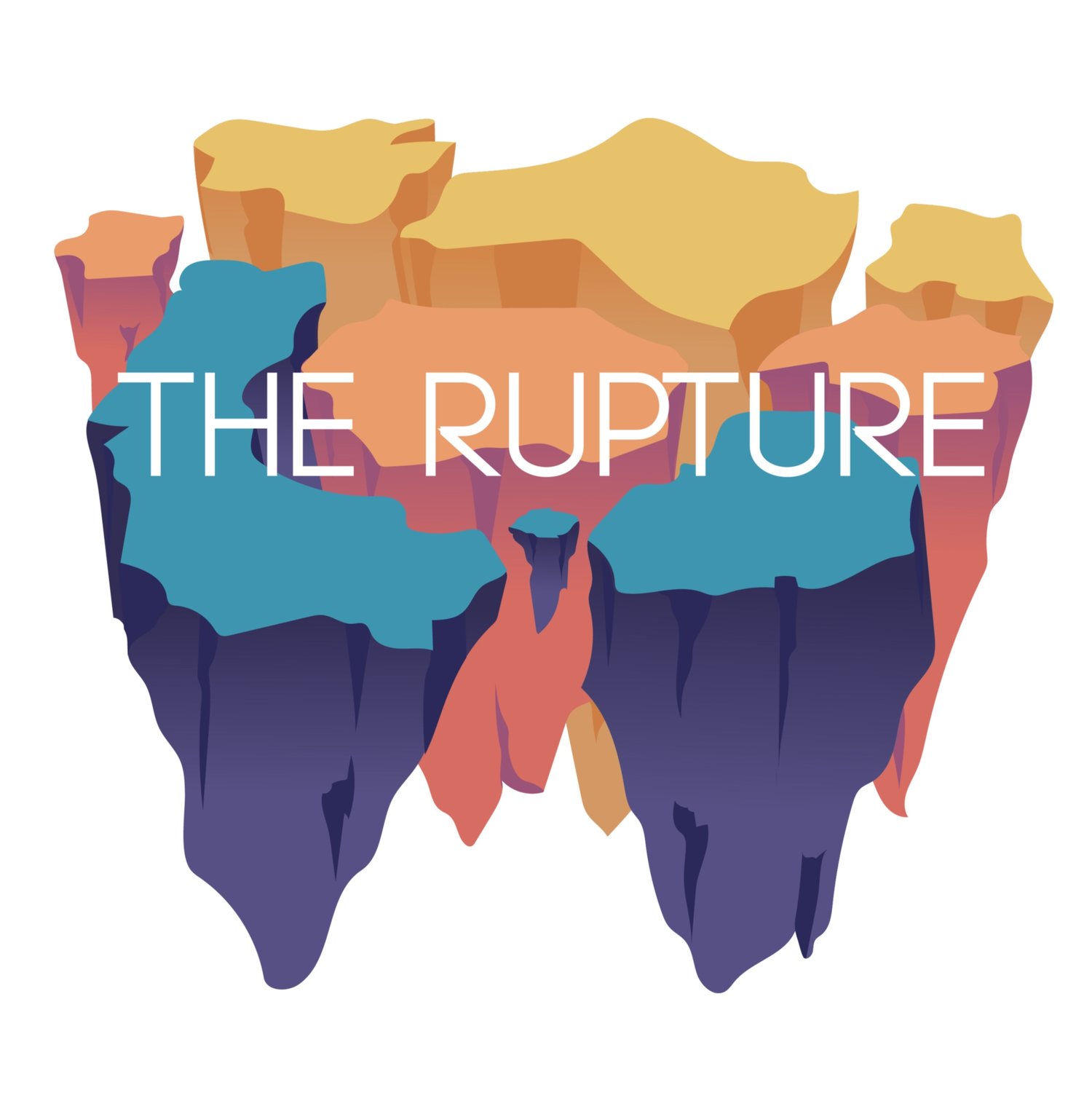James Tadd Adcox's work has appeared in TriQuarterly, The Literary Review, PANK, and Another Chicago Magazine, among other places. He lives in Chicago, where he edits Artifice Magazine / Artifice Books. His first book of fiction, The Map of the System of Human Knowledge, is now available for preorder from Tiny Hardcore Press.
Here, James Tadd Adcox talks to interviewer Melissa Goodrich about God, dead babies, and the encyclopedia of everything.
1. In our first paragraph (‘our,’ like just by reading your story it has become part mine) we sail with Viola from the doctor’s examination table clear through the stratosphere towards so far out “she’s not picturing the details too clearly now, past the moon and the earth-like planets, past the un-earth-like planets, out of the solar system.” This is the farthest Viola travels, and she’s not actually traveling, but sitting still, anchored in place by Robert, by the narrative, by the baby about to die in her. Why this choice as an opening moment? It’s so opposite of the ending, where she’s takes her strange blue child back to kiss and hold him again. Are you intending to stretch Viola out, like her head wants to float but her feet feel glued?
I tend to feel very cold and separate from things at moments of violence or tragedy, and I suppose I lent that trait to Viola, here. I don’t write anything autobiographical, but I’m willing to take material from wherever. I also like that it immediately presents a distance between the two of them, between Robert and Viola: they’re holding hands but hugely far away. Or: Robert thinks he’s there for Viola, but Viola’s not there for him to be there for her.
I feel like the primary reason to put a relationship in a story is to exploit this, the tension between what is simultaneously there and not-there.
2. Viola feels cursed, invokes God in a joking non-joking way, has dreams/premonitions, senses she and her husband and her doctor are like ghosts rehearsing their untimely deaths – why does so much superstition, intuition, and/or God’s mysteriousness come to play in this piece? How do you gauge how much God to put into a story?
Whew. Not going for the easy questions here, are you? How do you gauge how much God to put into a story? I like a lot of God in stories, I suppose. Though when God appears in a lot of stories, it seems to be a comforting thing, an “everything will be okay” moment, and that doesn’t quite seem right to me. I’m fascinated by God, and religion more generally. But the idea of God doesn’t work if God makes sense, if God is rational. Then God just becomes like a big daddy figure, or a super-advanced alien being, or whatever. All of which is ultimately boring. The alternative, that God is irrational, or rather arational, is terrifying. It’s the sort of idea that you can get lost in, that can swallow you whole.
3. How do you feel about the ‘dead baby’ rule in fiction? How would you define the ‘dead baby’ rule? And are rules like that asked to be broken, and by whom, under what circumstances?
I wasn’t actually aware of the dead baby rule before this interview. I’ve talked before about my own “cancer and dogs” rule as an editor (that is, if either cancer or a dog appears on the first page, the story gets automatically rejected). It’s a rule that dates from when I was the fiction editor at Sycamore Review, and it was mainly a way of weeding out a certain type of realist story that assumed that CANCER = HIGH STAKES, and DOGS = REGIONALISM + SYMPATHETIC CHARACTERS. Cancer plus dogs, obviously, equaled the BEST POSSIBLE REALIST STORY.
When I told my buddy Jon Sealy (a damn fine realist writer himself) about this rule, he went and wrote a story with a dog on the first page. The dog got shot dead on the second page. It was a pretty great story. Don’t remember if it had cancer in it or not.
But yes, the dead baby rule. I guess I agree that you probably shouldn’t put dead babies in fiction, and I did that.
4. Tell us the strangest sweetest story you’ve read as of late.
I’m not sure how sweet Meghan Lamb’s story “GIRL” in >kill author is, but it’s pretty strange and overwhelming, and her reading of it (there’s an audio version you can listen to) is spot-on.
I’m currently reading Brandi Wells’ Please Don’t Be Upset, and her story “Some Love Stories” is lovely. There is a dog in it, but not on the first page.
5. Tell us what we can hold our hearts out hoping to read, of your work, soon.
I have a book coming out, very soon, from Tiny Hardcore Press, called The Map of the System of Human Knowledge. It’s a very tiny, and hopefully hardcore, fictional encyclopedia of everything. It takes its form (and its name) from a taxonomy of all knowledge developed by Diderot and d’Alembert for the Encyclopédie. Maybe for some of the same reasons that I’m fascinated by religion, I really like these weird and amazing Enlightenment attempts to create universal systems of—for?—everything.
I’ve got a couple more Viola and Robert stories around—one coming out in Redivider soon—and I’m working on a short novel based on the characters and general tone of the stories. Is it weird to say that I’m working on something based on tone as much as characters? Anyhow, I think of these stories as about a certain tone or voice as much as about certain characters. It’s a tone that can be difficult to make work as a novel, and so it presents kind of an interesting aesthetic challenge. The novel involves FBI agents, volunteer human test subjects, infidelity with and without sadomasochism, and the occasional frankly low-rent superhero.
